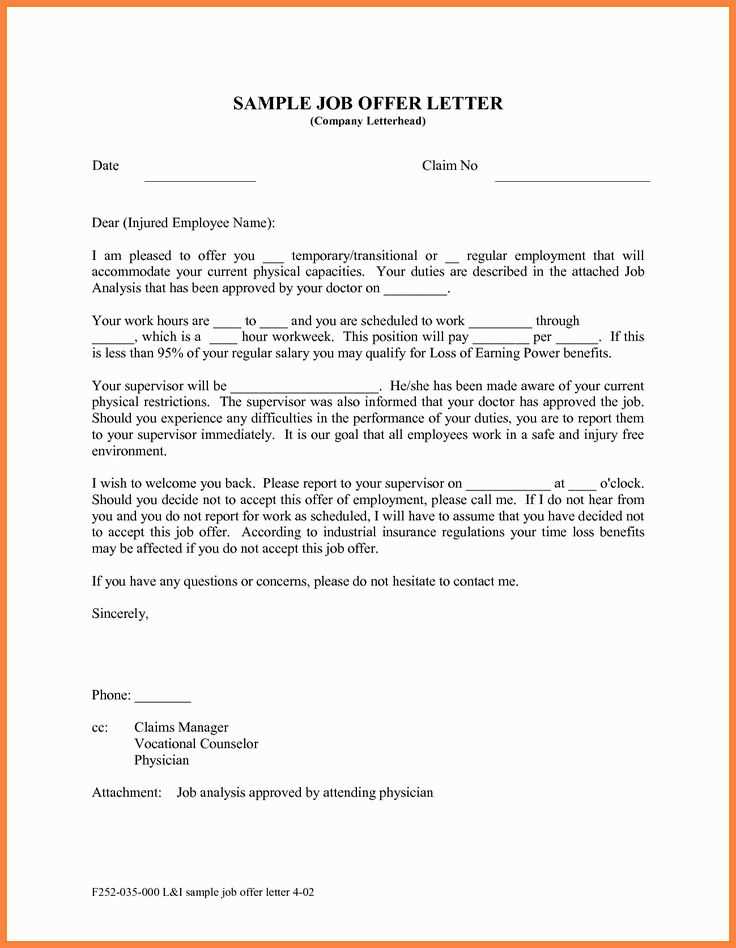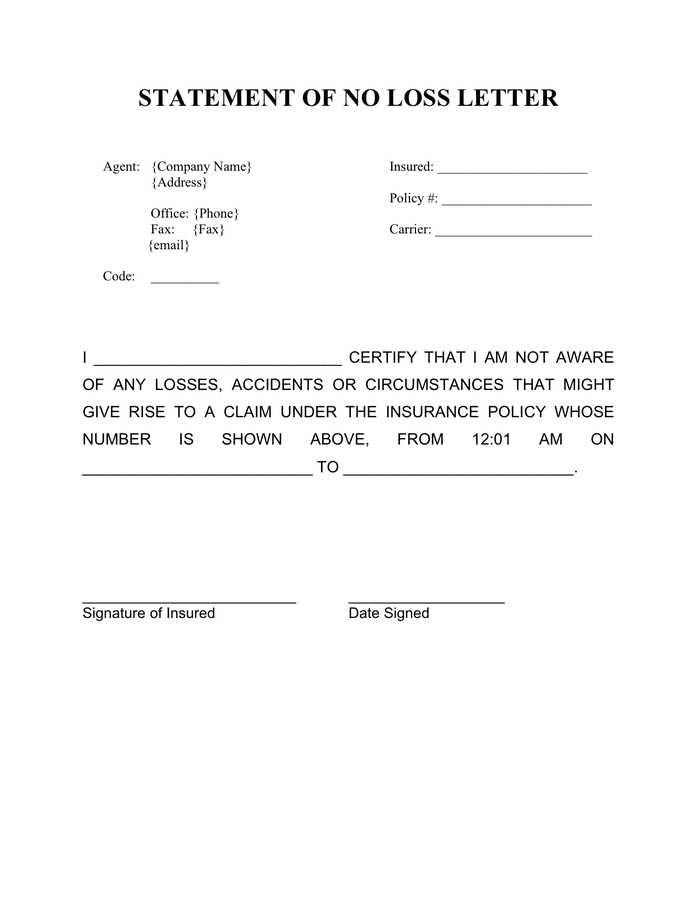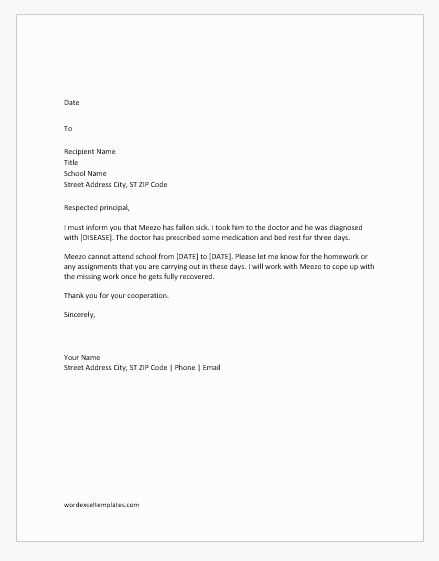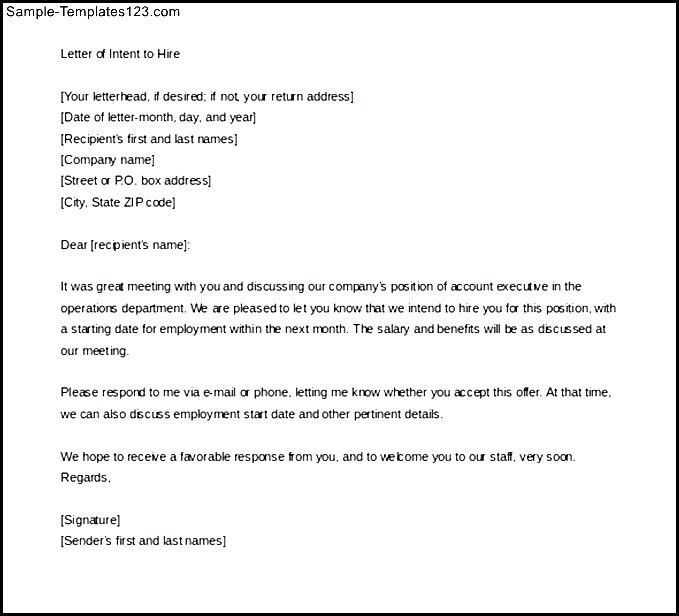Loss of benefits letter template

If you need to notify someone about the loss of benefits, clarity and accuracy are key. A well-structured letter ensures the recipient understands the situation and the next steps clearly. Below is a template you can customize for your needs, ensuring it addresses the essential details directly.
Subject: Notice of Loss of Benefits
Dear [Recipient’s Name],
I am writing to inform you that, as of [Date], your benefits have been discontinued due to [reason for loss of benefits]. This decision was made after careful review of [relevant details or criteria]. We understand this may be a significant change, and we want to ensure you have the support and information needed during this transition.
What this means for you: As of the mentioned date, all benefits associated with [specific program, service, or benefit] will no longer apply. You may need to take the following actions:
- Review the eligibility criteria for reinstatement or alternative benefits.
- Submit any required documents for reconsideration or appeal if applicable.
- Contact [contact information] for assistance in exploring other available options.
If you believe this decision was made in error, or if you have any questions, please do not hesitate to reach out to us at [phone number] or [email address]. We are happy to discuss the situation further and help you understand your options.
Thank you for your attention to this matter. We look forward to assisting you through this process.
Sincerely,
[Your Name]

[Your Position]
Here’s the Updated Version:

Ensure the letter is clear and concise, with all necessary details outlined upfront. Begin by addressing the recipient, including their name and title, to maintain a formal tone. Clearly state the reason for the letter–mention the loss of benefits and provide any relevant dates or changes in policy. Make sure to mention the specific benefits lost and why, referencing applicable terms or regulations.
Include all necessary information: If the loss is due to a specific action or event, like a missed deadline, outline that event clearly. Mention any documents or steps needed to appeal or rectify the situation, and be precise about timelines. If there’s a possibility to regain the benefits, outline the process and necessary conditions for requalification.
Offer support and resources: Provide contact details for assistance, such as a customer service number or email. Ensure the recipient knows how to proceed if they wish to appeal or request further clarification.

Conclude the letter by thanking the recipient for their attention and time, while expressing a willingness to assist with any next steps.
Loss of Benefits Letter Template: A Detailed Guide
Understanding When to Use a Letter for Loss of Benefits
Key Elements to Include in Your Message
How to Address the Recipient in the Correspondence
Tips for Conveying the Impact of Benefit Loss
What Documents to Include for Supporting Your Claim
Steps to Follow After Sending the Message
A letter for loss of benefits is a formal request to notify or challenge a decision regarding benefit suspension or termination. You should send such a letter immediately after receiving a notification about the benefit loss or if you need to clarify any misunderstandings regarding your eligibility. This will help ensure that the situation is addressed and the necessary steps are taken for a resolution.
Key Elements to Include in Your Message
Your letter should start with a clear statement of the issue at hand. Mention the specific benefit that was lost, the reason provided (if any), and the date of notification. A concise explanation of your situation follows, along with any supporting arguments or clarifications that can help with reconsidering the decision.
How to Address the Recipient in the Correspondence
Begin by addressing the recipient formally, using their official title (e.g., “Dear Mr. Smith” or “To the Benefits Review Officer”). If you are unsure of the person’s name, address the letter generically (e.g., “Dear Sir or Madam” or “To Whom It May Concern”). Maintain a polite and professional tone throughout the letter.
Tips for Conveying the Impact of Benefit Loss
Be specific about how the loss of benefits affects your personal or financial situation. Clearly explain any hardships you may face without these benefits, whether it affects your health, livelihood, or family. Offering concrete examples can make your case stronger and provide context for why the benefit should be reinstated.
What Documents to Include for Supporting Your Claim
Attach any documents that could strengthen your case, such as medical records, income statements, or proof of extenuating circumstances. Be sure to include any previous correspondence or official notices related to your case. Double-check that all documents are up-to-date and clearly legible to avoid delays.
Steps to Follow After Sending the Message
After mailing your letter, track its delivery to ensure it was received. Keep a copy for your records. If you do not hear back within a reasonable timeframe, follow up with a polite reminder. If necessary, consider contacting a legal representative for further advice on how to escalate the situation.
In this version, repetition of words is minimized while maintaining clarity and proper sentence structure.
To craft a concise and effective letter about the loss of benefits, ensure that the message is clear and to the point. Start by identifying the specific benefits lost and providing a direct explanation for each one. Avoid unnecessary elaboration and stick to the facts to maintain focus.
Keep the tone respectful and objective.

Use neutral language that conveys the issue without sounding confrontational or overly emotional. Acknowledge the impact of the loss but avoid over-explaining. Be specific about any actions taken or steps needed from the recipient’s side, offering guidance where appropriate.
Include contact information for further assistance.
Always provide clear instructions for reaching out to relevant departments or representatives if there are any questions or concerns. This ensures that the reader knows how to proceed if further clarification is needed.